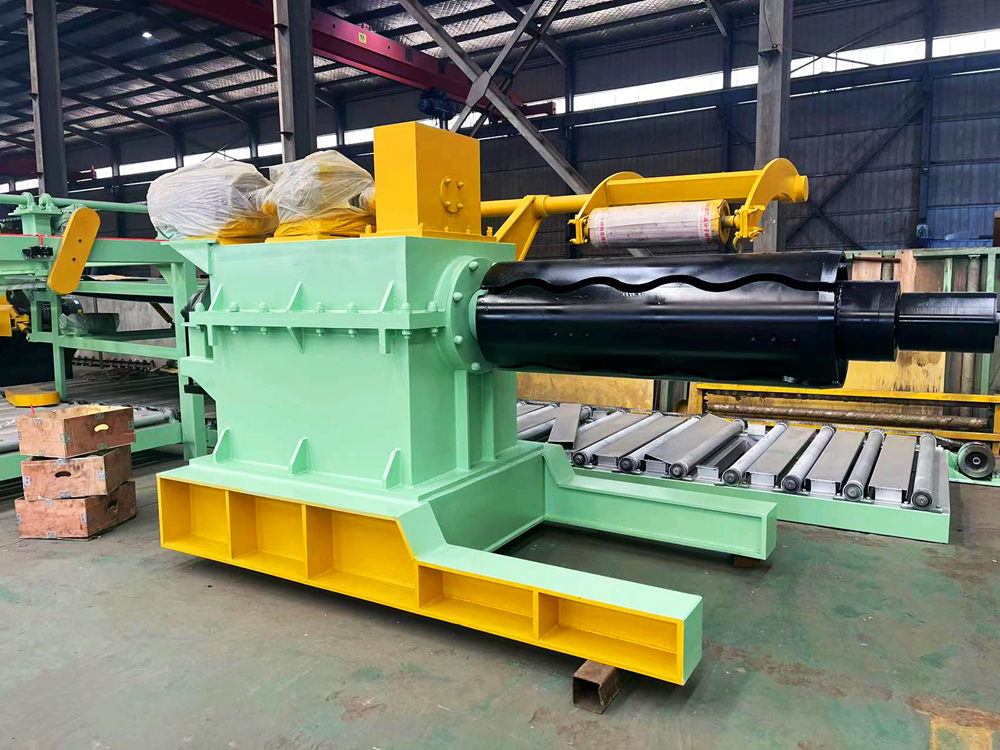
Wall Angle Roll Forming Machine Revolutionizing Metal Fabrication
The construction and metalworking industries are ever-evolving, with ongoing innovations aimed at enhancing productivity and efficiency. One such advancement is the wall angle roll forming machine, a specialized piece of equipment designed to create precise metal profiles used in structural applications. This machine has become an integral part of modern fabrication processes, catering to the growing demand for custom metal components.
Understanding Wall Angles
Before delving into the roll forming machine, it is essential to understand what wall angles are. Wall angles are L-shaped metal pieces, typically made from materials like steel or aluminum, used to provide structural support and stability in construction projects. They are commonly employed in the framing of walls, ceilings, and various architectural elements. Wall angles offer numerous advantages, including strength, durability, and versatility in design, making them a preferred choice among builders and contractors.
The Roll Forming Process
Roll forming is a continuous bending operation in which a long strip of metal is passed through a series of rollers that progressively shape it into desired profiles. The wall angle roll forming machine follows this principle, allowing manufacturers to produce high volumes of wall angles with consistent quality and precision. The process is not only efficient but also cost-effective, as it minimizes material waste and reduces labor costs.
Key Features of Wall Angle Roll Forming Machines
1. Customization One of the standout features of modern wall angle roll forming machines is their ability to produce customized profiles with varying dimensions and thicknesses. By simply changing the rollers and adjustments, manufacturers can quickly adapt to new designs, catering to specific client needs.

2. High Production Speed These machines are designed for high throughput, enabling the production of large quantities of wall angles in a shorter period. This speed significantly enhances the overall productivity of the manufacturing process.
3. Precision and Consistency The automated nature of roll forming eliminates human error, ensuring that every piece produced meets exact specifications. This precision is crucial in construction, where even minor discrepancies can lead to structural issues.
4. Material Versatility Wall angle roll forming machines can handle various materials, including mild steel, galvanized steel, stainless steel, and aluminum. This versatility allows manufacturers to cater to different market demands and preferences.
5. Ease of Operation Many modern machines come equipped with user-friendly interfaces that simplify the operation process. Advanced technology such as programmable logic controllers (PLCs) enables operators to input specifications and monitor production in real-time.
Applications of Wall Angles
The applications of wall angles produced by roll forming machines are extensive. They are widely used in the construction industry for framing walls, creating support structures, and forming various architectural elements. Additionally, wall angles are also crucial in the production of HVAC systems, where they are used in ductwork for supporting and connecting panels.
Conclusion
As the demand for efficient and reliable metal fabrication solutions continues to grow, wall angle roll forming machines stand out as essential tools in the industry. Their ability to produce high-quality, customized wall angles at impressive speeds ensures that manufacturers can meet the ever-changing needs of their clients. In a world where precision and efficiency are paramount, the roll forming machine is indeed revolutionizing the way metal components are produced and utilized in construction and other applications. With ongoing advancements in technology, these machines will likely continue to evolve, further enhancing their capabilities and solidifying their place in modern fabrication.